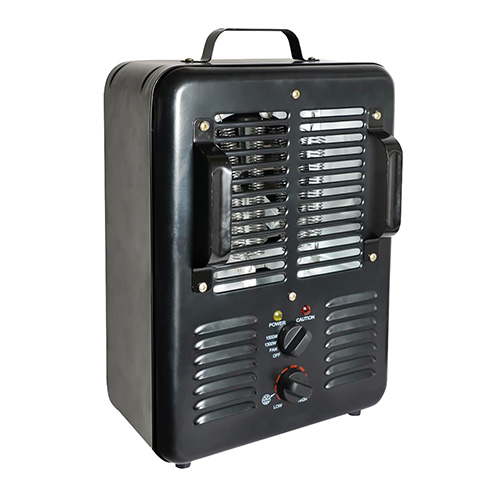More About 1 Source Portable Air
The 6-Minute Rule for 1 Source Portable Air
Table of ContentsLittle Known Facts About 1 Source Portable Air.9 Simple Techniques For 1 Source Portable AirUnknown Facts About 1 Source Portable AirSee This Report on 1 Source Portable AirWhat Does 1 Source Portable Air Do?
Running prices are based on an electricity cost of 40c/kWh. The expenses for 3 months' usage in wintertime are based upon 500 hours use, or roughly 6 hours daily for three months. Optimum heat output is based on the optimum electrical power of the models we have actually examined (we focus on higher power level heating systems).
This relies on what cost you're looking at in advance acquisition, or running price? As usual, there are trade-offs with either choice. Typically, small follower heating units are much less costly to acquire, but can have higher running costs. Oil column heating units will be the most affordable on the market to run (usually) however only by a narrow margin ahead of convection heating systems (like panel and micathermic panels).
1 Source Portable Air for Dummies
If you have a reversible ceiling fan, it'll help distribute the heat around the space much more equally. A number of costly heating units have actually failed to excite our testers, while some less expensive designs make for surprisingly great buys.
As the name suggests, they emit warmth from a red-hot home heating element (so the family members will have to take turns resting in front of it). Radiant heating units are reasonably low-cost.
The fairly revealed burner can be a fire and security danger. A piece of apparel went down over it might ignite, or tiny youngsters playing around a floor model might shed themselves, so be cautious. Radiant heating units usually set you back between $20 and $200. Oil-filled column heating systems don't really melt oil they use electrical power to heat up the oil that's secured inside their columns or 'fins'.
6 Simple Techniques For 1 Source Portable Air
Some column heaters aren't also oil-filled yet instead use various other material or heating innovation to work the same way - 1 Source Portable Air. The threat of fire with an oil column heater is low contrasted to other heater kinds, however never absolutely no. Oil heaters don't have subjected aspects like radiant heating units do, and their surface area temperature is less than several other heating system kinds (their large surface area makes up for it)
Oil column heaters won't blow up, and while wikipedia reference they don't shed their oil to produce warmth, it's still flammable, so there is a fire threat if the oil leaks, if the heating system topple and leaks, or if flammable items or fabric come into get in touch with or fall on the heating unit. You must work out the exact same level of care with oil heating systems when it comes to other heating system kinds, and never hang towels or garments over one to completely dry them make use of a drying shelf rather, at the very least one metre away.
Column heating units are specifically useful in spaces my response where they'll be switched on for extended periods of time or where they'll run unattended, such as overnight in a bed room. The surface areas you're most likely to touch on a column heating unit don't get as warm as other types of electric heaters. You can use a ceiling follower on extremely low rate to help the column heating system to disperse the warm much faster and extra equally.
Oil-filled column heating systems typically set you back between $50 and $450. Convection and panel heating systems attract cold air over an electrical heating component.
How 1 Source Portable Air can Save You Time, Stress, and Money.

Convection and panel heating redirected here units are more mobile than their oil-filled column heating unit counterparts due to the fact that they're substantially lighter. They'll heat the air in an area evenly and promptly. Like a column heating unit, you can use a ceiling fan on extremely reduced speed to disperse the warmth much faster and extra uniformly. Some versions, especially panel heaters, are somewhat costly to buy.

The 4-Minute Rule for 1 Source Portable Air
Follower heating systems are frequently smaller and much more mobile than other electric heating systems. They also are available in the type of tower follower heating systems, which can be better for distributing heat around larger rooms as a result of their taller profile. They can heat the air in a room much more rapidly, evenly and rapidly than a few other heating system kinds.
Follower heating units (ceramic or otherwise) typically expense between $60 and $900. Ceramic follower heating systems aren't always any various in rate to non-ceramic versions.